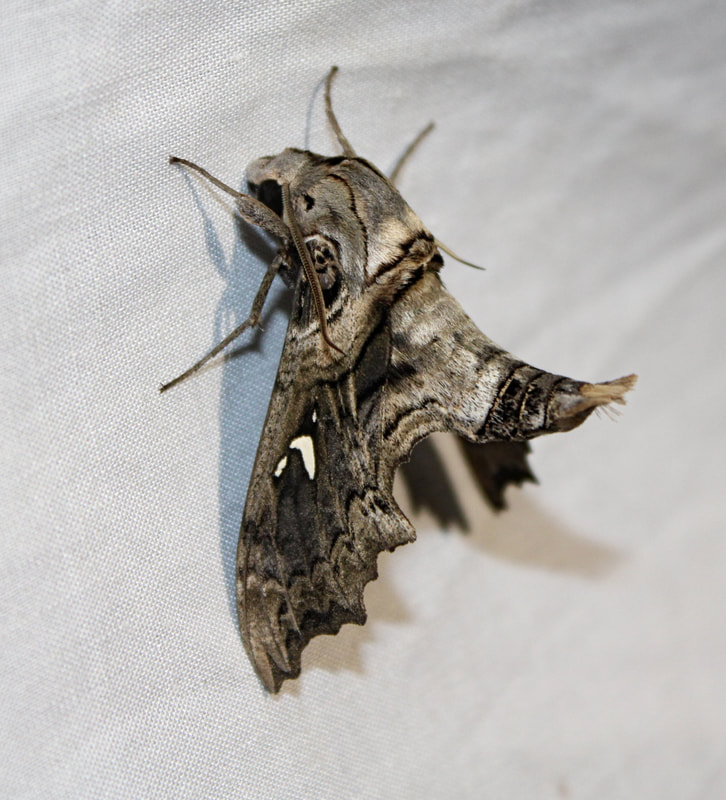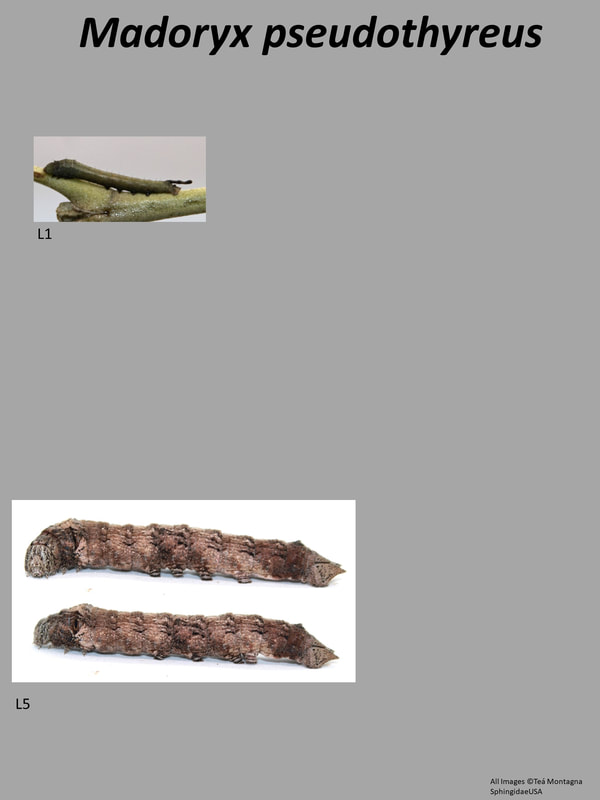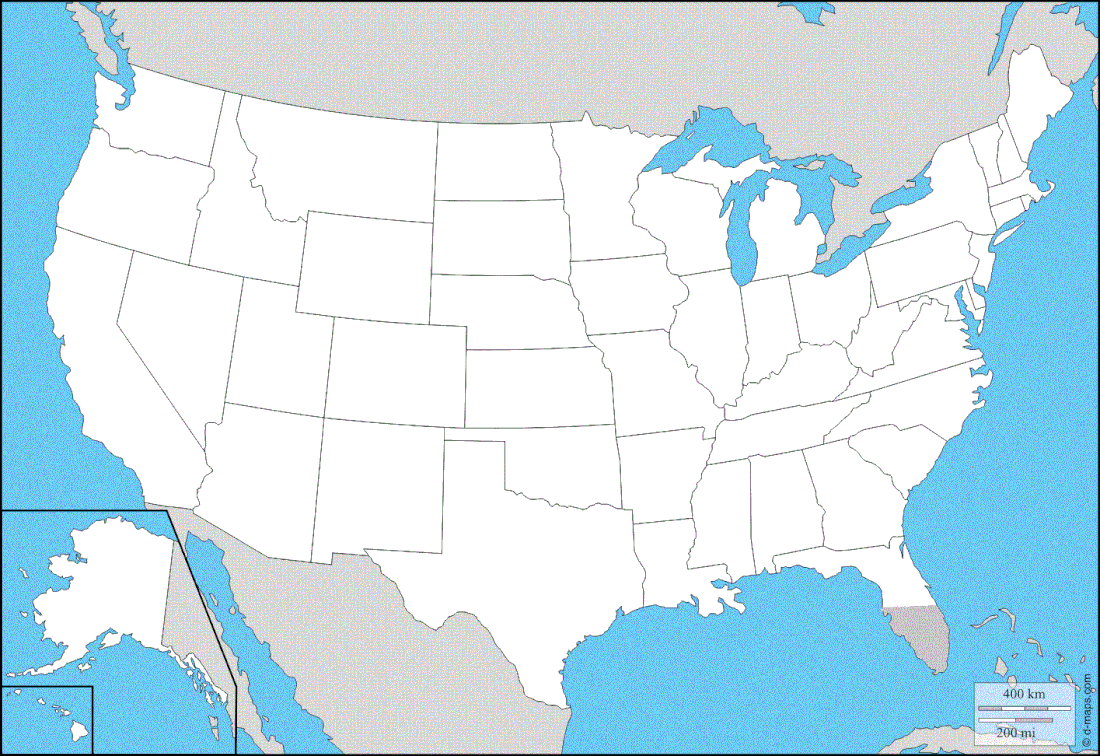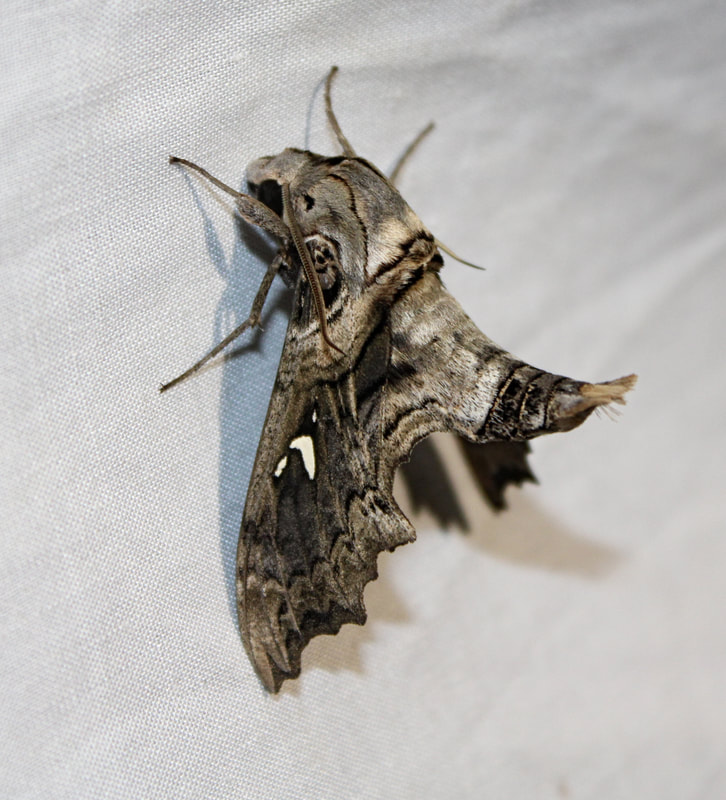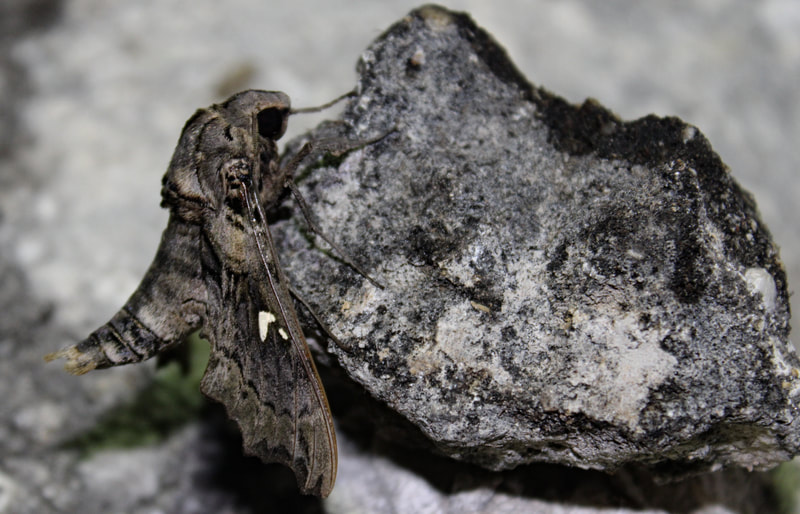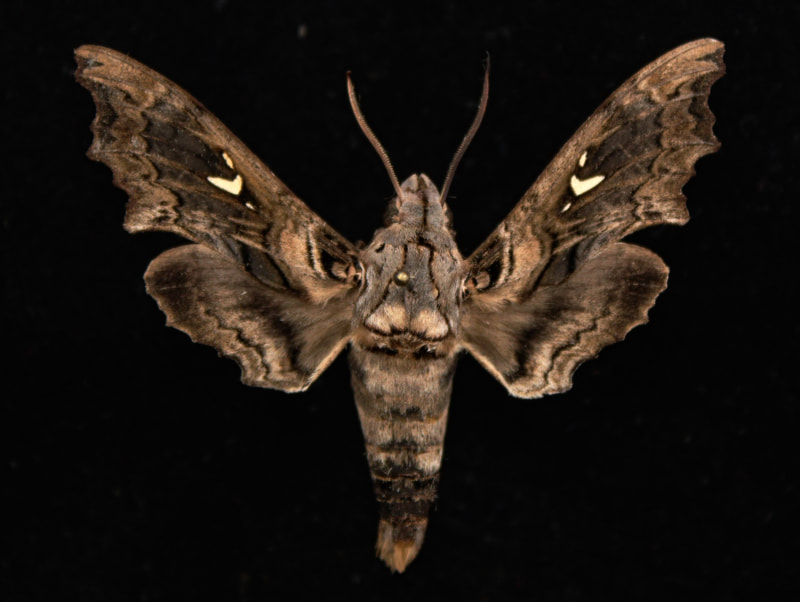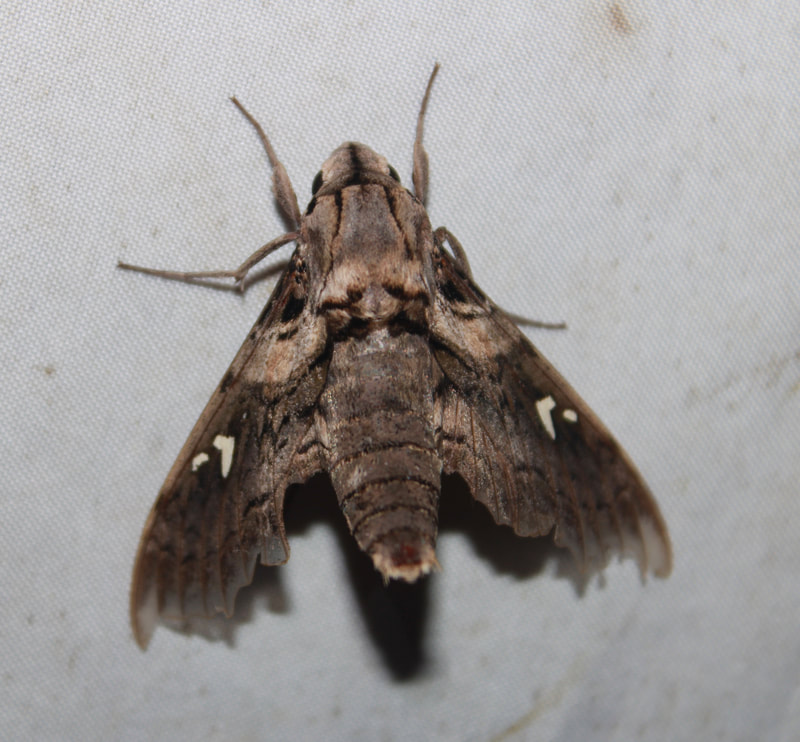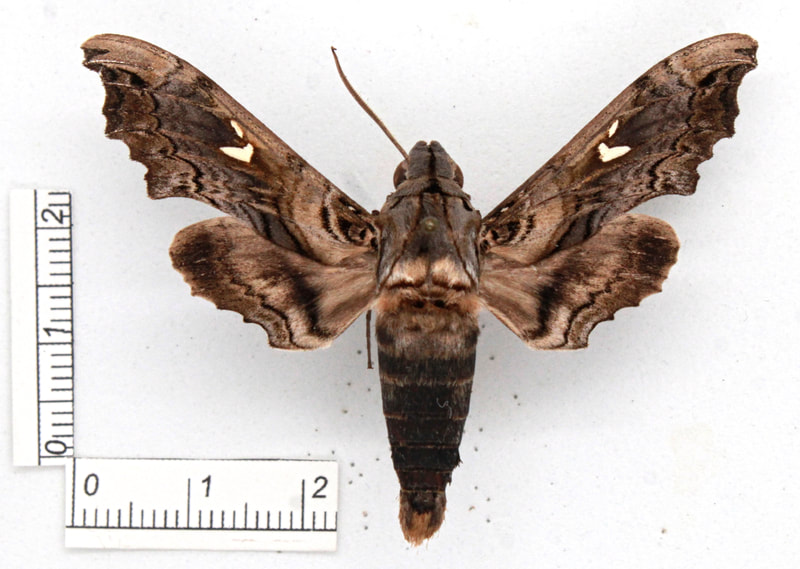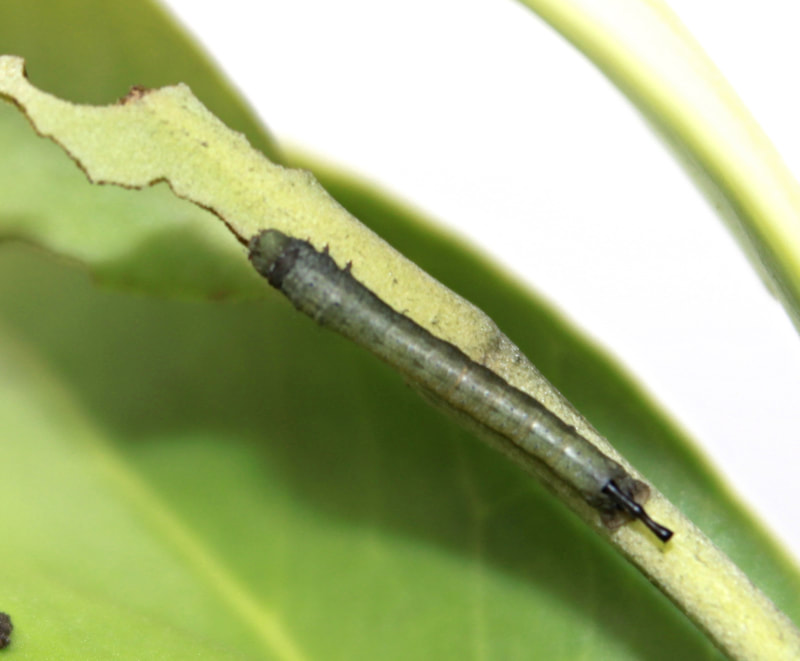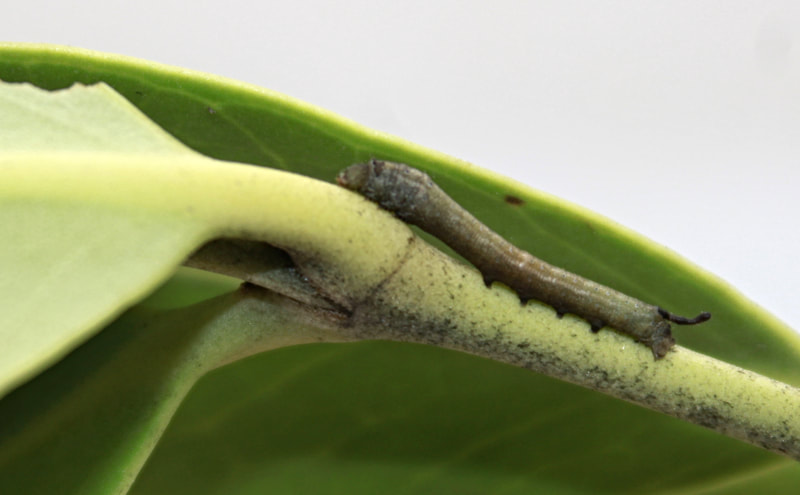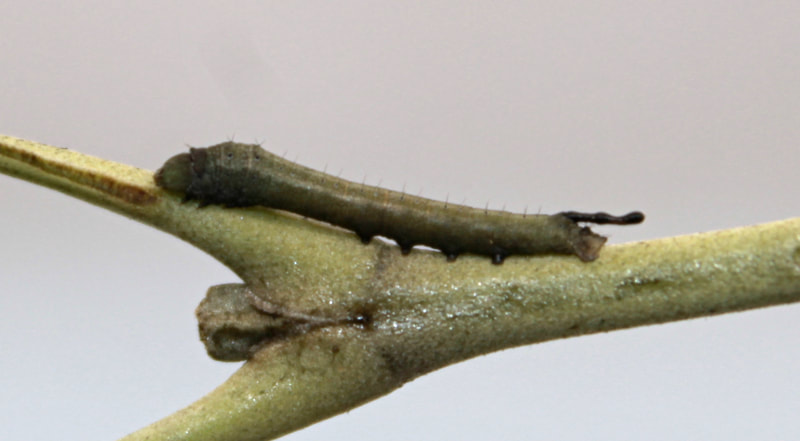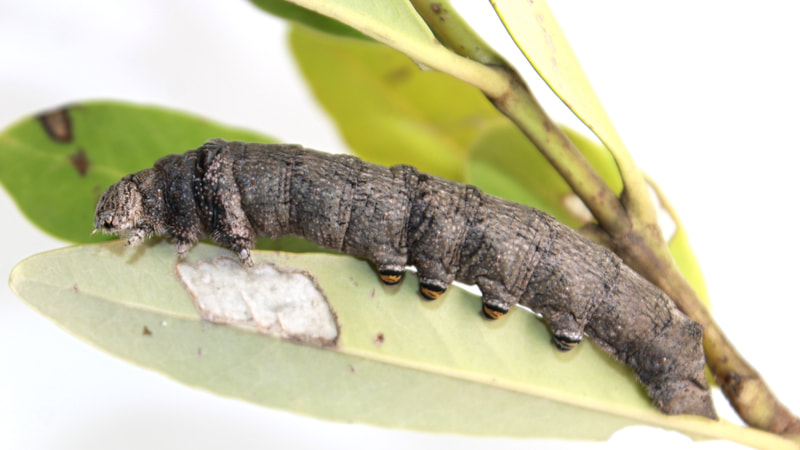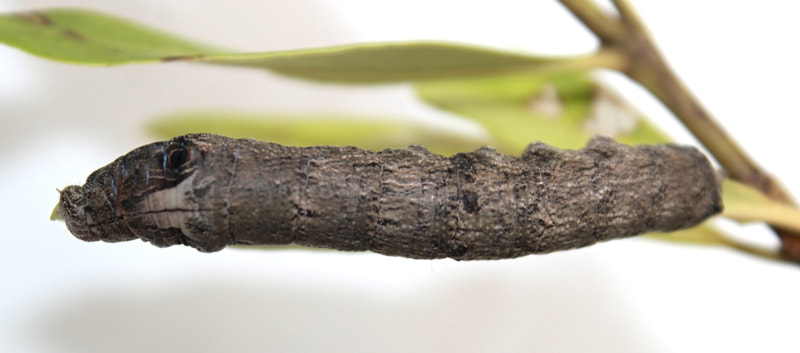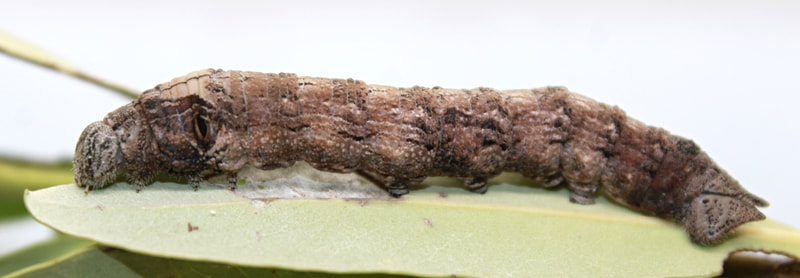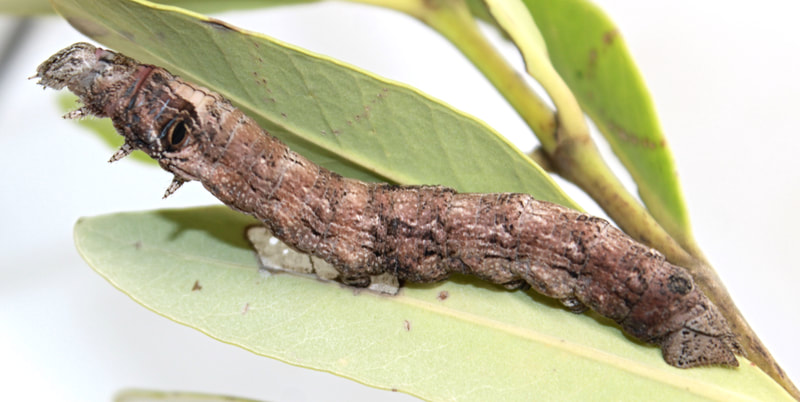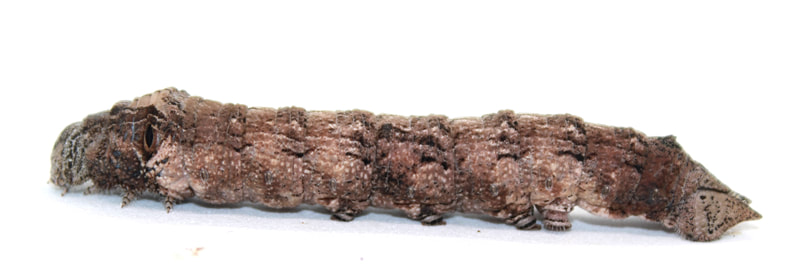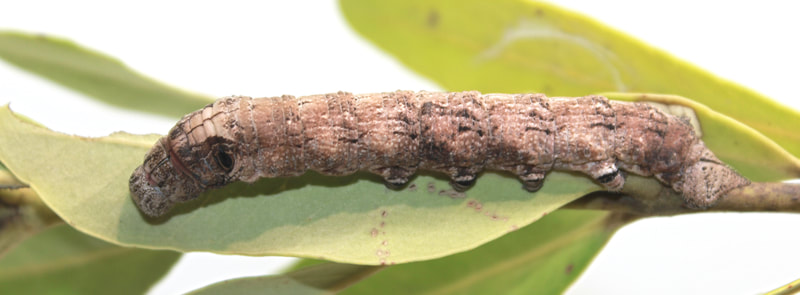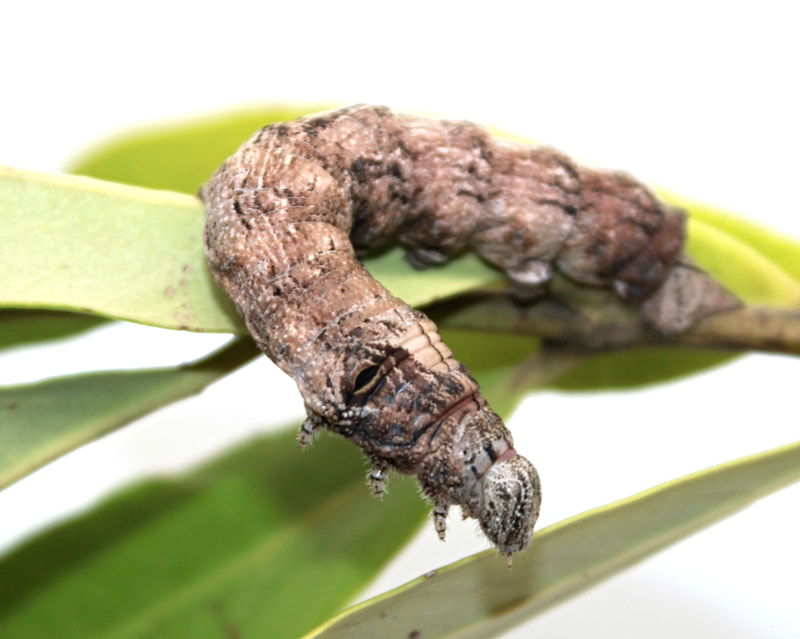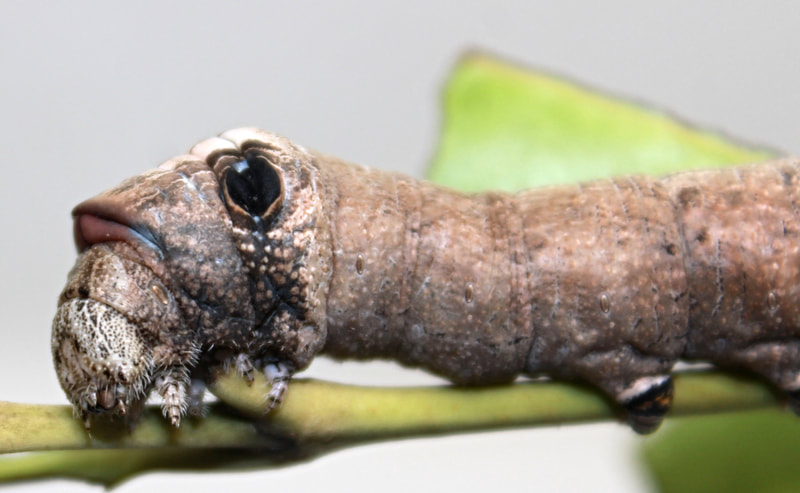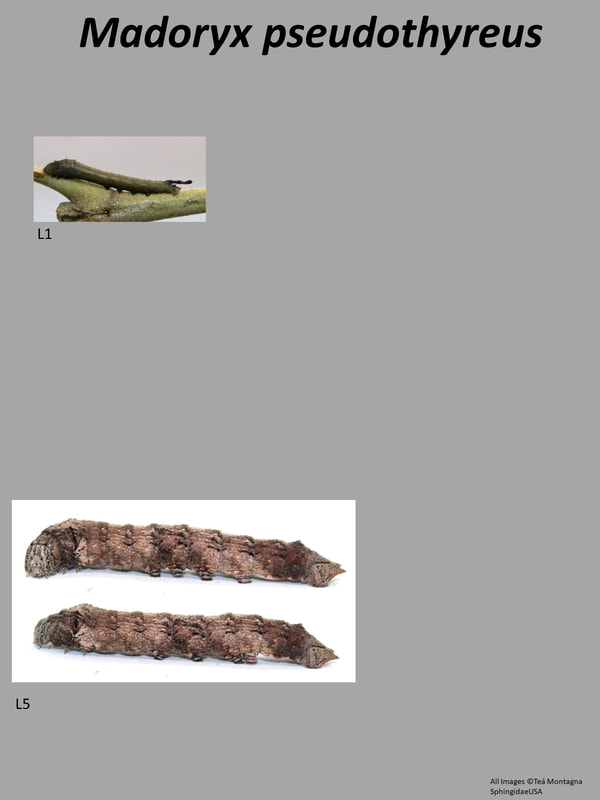|
Common Name: False Windowed Sphinx
Ecology and Life History: This moth is active throughout the year in Southern Florida and can be found with regularity. This species is surprisingly attracted to light, when in the right habitat, multiples will come to the light. Bait is an inefficient method to attract this species. This species is not sexually dimorphic, and males and females are identical, though females tend to be slightly larger (2). The abdomen of females tends to be rounder, but not always noticeably so. Eggs are laid on the surfaces of leaves. The larvae likely feed on the undersides of leaves, though their geometrid-mimicry may allow them to hide in plain sight at later instars. This species, unlike other Sphingidae, actually spins a silken cocoon in the leaves of Mangroves. Habitat and Searching for Larvae: This species is a specialist on Mangroves. It is found only in South Florida in the USA. The larvae can be found virtually anywhere on the mangrove tree. Most of the foliage is at chest height or slightly above, and that is a good place to start searching. This is a species of Mangrove swamps, coastlines, and ponds or wetlands with ample mangrove. This caterpillar can be found year-round in Southern Florida. It is unknown if this larva fluoresces under UV flashlight. Rearing Notes: {COMING SOON} Adult Description: This is a medium sized moth with forewings 31-37mm (2). The forewings are beautifully mottled with brown and black. There is a large white discal spot and a smaller spot next to it. The edges of the forewing are scalloped, but not serrated. The abdomen is gray with black maculation. There is no other species in the USA that resembles this moth, particularly in Southern Florida. Larval Description: L3: The larva has a long thin horn, and is likely green in color (2). L5: At this stage, the larva lacks a caudal horn, having it replaced by a nub. The ground color is mottled brown, and resembles a mangrove branch (2). The overall appearance is rather Geometridae-like, but it does not move in the traditional looper fashion (2). The head capsule is a lighter brown color. Hostplants: Click here to load this Caspio Cloud Database
Cloud Database by Caspio |
The gallery to the left contains photos of Madoryx pseudothyreus adults. If you have a photo that you would like to submit to us, please contact us.
The gallery to the right contains photos of Madoryx pseudothyreus larval and pupal stages. If you have a photo that you would like to submit to us, please contact us.
The gallery to the right contains photos of Madoryx pseudothyreus larval and pupal stages. If you have a photo that you would like to submit to us, please contact us.
